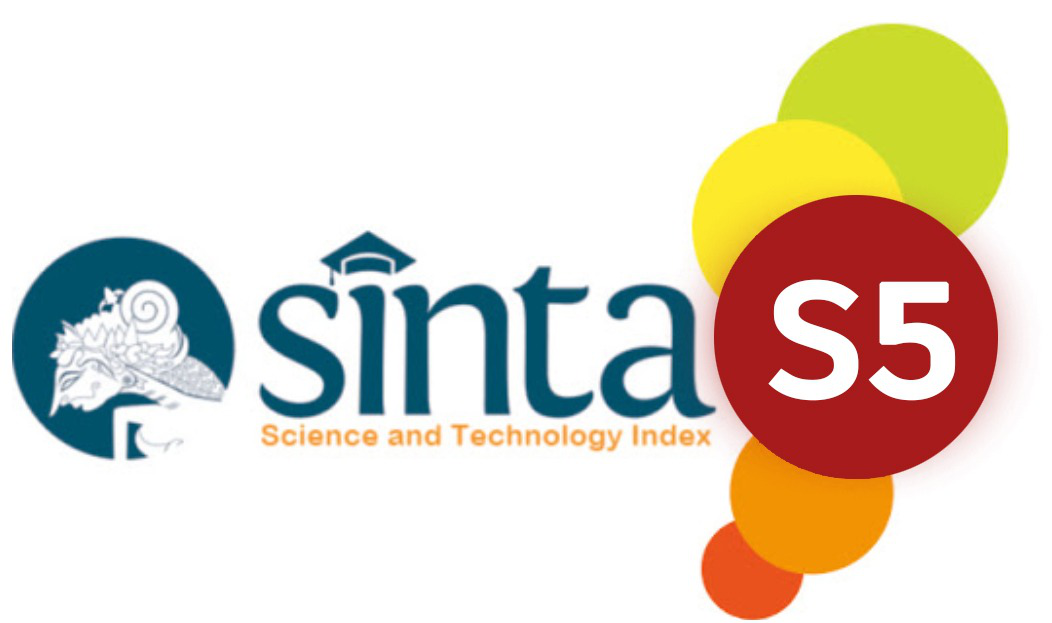LEXICAL AMBIGUITY AS A SOURCE OF HUMOUR: THE CASE OF MEMES ON INSTAGRAM
Abstract
This study is conducted to analyze lexical ambiguity in memes on Instagram. The method used in this study is qualitative-descriptive. 21 memes that were collected from August 2020 August 2021 utilize ambiguous words. The results of the analysis show that lexical ambiguity can be applied as an element to add humor to memes. By taking advantage of incongruity theory, words that have multiple meanings are employed to create misunderstandings or mistakes that make the memes humorous.
Keywords: lexical ambiguity; memes; humor.
References
Dewi, R. S. (2017). ‘Meme Sebagai Sebuah Pesan dan Bentuk Hiperrealitas di Media. Padang : Universitas Andalas Padang.
Juditha, C. (2015). Meme di media sosial: Analisis semiotik meme haji lulung. Makassar: Balai Besar Pengkajian dan Pengembangan Komunikasi dan Informatika (BBPPKI).
Lynch, O.H. (2005). Humor At Work: Using humor to study organization as a social processes. Texas: Texas A&M University.
MobidiSystem. (2021). Oxford Dictionary of English (version 11.9.753) [Android]. California.
Pateda, M. (2010). Sematik Leksikal. Jakarta : Rineka Cipta.
Rogers, K. (2014). Meme, Cultural Concept. Retrieved from https://www.britannica.com/topic/meme/additional-info#history
Saryono. (2010). Metode Penelitian Kualitatif. Bandung : PT Alfabeta.
Seewoester, S. (2009). Linguistic Ambiguity in Language-base Jokes. College of Communication M.A Thesis. Retrieved from http://via.library.depaul.edu/cmnt/3
Setyosari, P. (2010). Metode Penelitian Pendidikan dan Pengembangan. Jakarta: kencana
Shifman, L. (2012). Memes in Digital Culture. United States of America : The Mitt Press.
Sidartha, L. (1996). Internet Informasi Bebas Hambatan 2. Jakarta : Elex Media Komputindo.
Whitney, F. L. (1960). The Elements of Resert. Asian Eds. Osaka : Overseas Book Co.
DOI: 10.33751/albion.v4i2.6358
Refbacks
- There are currently no refbacks.
Copyright (c) 2022 Journal Albion : Journal of English Literature, Language, and Culture







